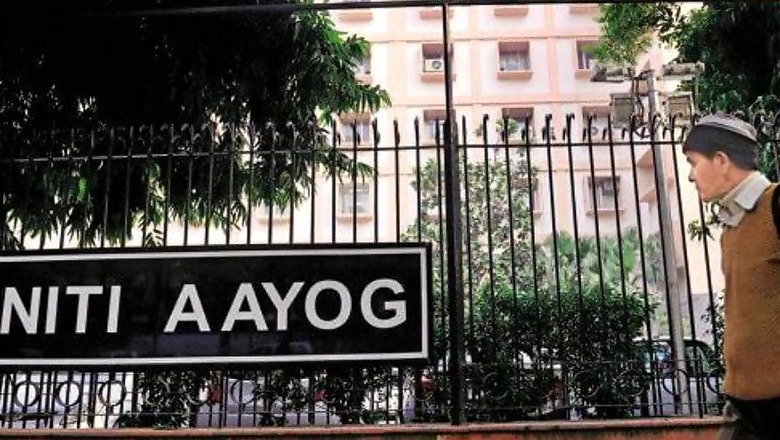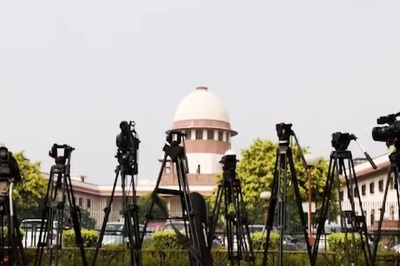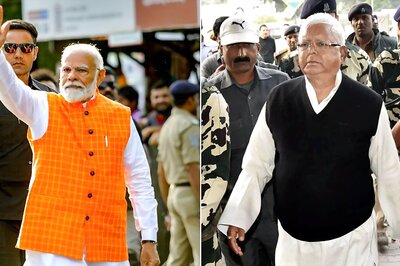
views
New Delhi: The NITI Aayog’s plan to allow private firms lease space in government hospitals for 30 years has few takers within the government itself.
Though circulated as a set of Model Concessionaire Agreements, thought up jointly by the Aayog and the Union Ministry of Health and Family Welfare to push through a “robust, scalable and a sustainable PPP model in the health sector”, it hasn’t gone down well with the ministry.
Senior officials told News18 that the NITI Aayog, which has long wanted further privatization in healthcare, wanted to experiment this model. The ministry, however, is taking a stand and pushing back.
An official said the plan also doesn't seem to be working with the states, many of them have flagged that it won’t be an easy project to implement. “It’s one thing for a central level planning body to propose but field management is a different story,” the official said.
The plan is to bring more private facilities into treating India’s rising burden of non-communicable diseases -- cancer, cardiac conditions, respiratory tract disease-- by letting them lease space for either a 50 bed or a 100 bed PPP (Public-Private Partnership) facility, depending on the population and number of patients in the area. This will be done with district hospitals in tier 2 and 3 cities.
Private facilities often mean spiralling hospital costs, however, the officials said there would not be an uncontrollable private charge system, as that goes against the ministry’s policy. For patients above the poverty line and those not covered by government insurance schemes, the ministry is considering something close to Central Government Health Scheme (CGHS) rates. Those below poverty line will be treated for free. “If it works out to be a feasible model within cost parameters, only then will it work,” said the official.
The idea has also been severely criticised by healthcare professionals working in the public sector. Dr Amit Sengupta of the Jan Swasthya Abhiyan, a civil society group working for healthcare and equitable development, questioned the very role of the NITI Aayog. “What is their locus standi?” he asked, “They’re at most an advisory body, a think tank. How can they formulate policy, especially when health is a state subject?”
However, he added, this wasn’t surprising if one read between the lines of the National Health Policy 2017, which promised basic primary health services by the government, secondary through an insurance model and let people pay for tertiary care in private hospitals.
“I don’t think states will agree to this but if they do, public assets will be handed over to private players for their profit in this model and the private sector won’t have to pay for much,” he said. The government will provide the private players with a captive patient set and pay for the treatment of those below poverty line.
“This is a dangerous trend,” said Dr Arun Gadre, co-author of the book Dissenting Diagnosis, where he wrote on the ethical concerns in the private health sector such as over-prescription of drugs and diagnostic tests and unnecessary surgeries, all done for profit.
He questioned how these private facilities would be regulated to make sure procedures aren’t being performed only for profit. “What are the checks? No one follows the Clinical Establishment Act [for registration and regulation of clinical establishments]. The private industry doesn’t come under the purview of the Medical Council of India,” said Gadre.
Gadre and Sengupta also pointed out that such a model would take money and resources away from the public hospitals which desperately need them.
Sengupta said the public sector was called inefficient after it had been starved of resources for years. Despite that, it played a major role in reaching people that the private players never would. “The private sector will cherry pick the districts they want to open these clinics in. They won’t go to areas with low resources and poorer population concentrating instead on already better off regions,” he said.



















Comments
0 comment